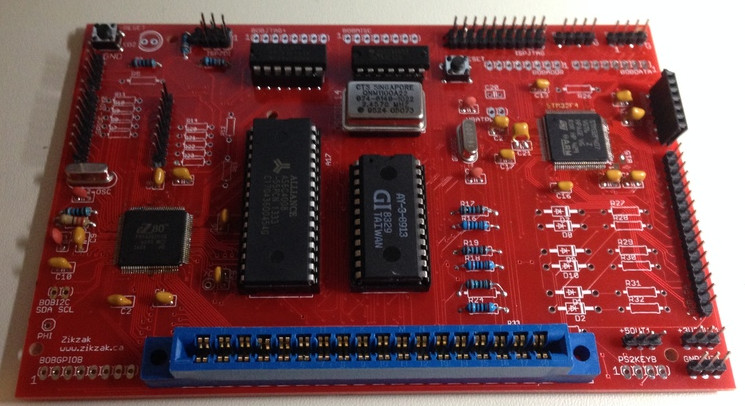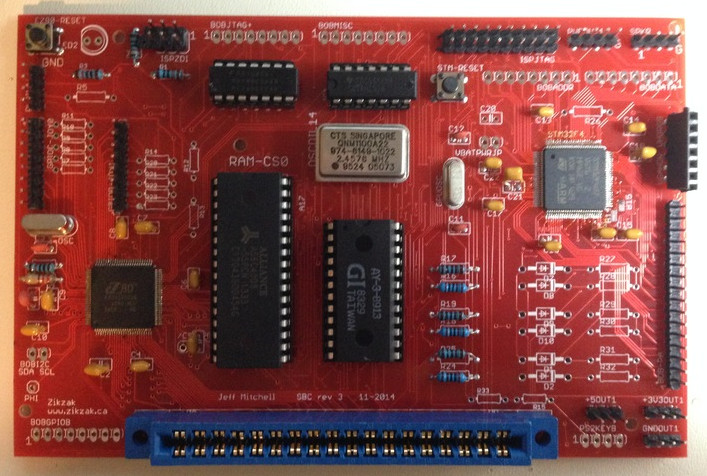See, re: 3d printer, its a tough one; on the one hand, just totally goddamned awesome; on the other, hard to justify the price, in the expectation that in a few years the price will comew way down, the machines much faster and more stable and featureful, etc. Also, I worry about the fact none of them can usefully do convex shapes

Theres a few cheapo ones now, in the couple hundred range; theres a good pile in the sub-$1000 range, and of course the big boys. Theres a store with Kossel Express' ready to buy down the road, which just pains me.. but can't ifnd any info on it at all; but it sure goes pretty fast, and the demo prints they have are pretty impressive.
One of the points of worry is.. okay, so you have a flat up front cost, that you grin and bear; but the cost for material spools or liquids is pretty pricey, right? Say you want to knock out a box for sometyhing.. its not one unit thick, its oging to be a few mm thick to have any strength at all, and could be lartge.. like a half a foot square cube say .. that'd cost quite a bit in material to print, no? And probably take a few hours/days to do

Still, you _can_ do it, which is awesome

--> torn!
....
I've had so little time, because one of my little guys has started with night terrors and such .. so by the time I get all 3 to bed, an hour later one is waking up again; driving me nuts

one hopes he settles and I can have a few hours in the post-midnight phase again

..
Sound was driving me crazy; the bloody AY-3-8913 not working on board. It all sure looks good in the schem and board and pcb, and I had the 8912 working (sort of.. by itself, but fighting with other peripherals, and hence the switch to -8913 which has a real chip-select on it.)
I pulled the sound chip and ploppe dinto breadboard and wire dup an avr8 (my original test setup to prove the audio works as I expect at all, a year ago), and damned thing worked fine, just like the -8912 did back then. I figured this at least proves the chip worked, though the avr8 code and wiring is different to the on pcb (ie: it hard enables the chip select to be live, rather than togglign it at high speed, interleaved with RAM etc.)
So I was thinking of going back to ez80 cpu-base pcb rev1, where it was just the ez80 and support, but no gpu etc, from 6 moago, and jumpering over to the breadboard.. but then I had the even better idea.. since I socketed all the ICs on the current rev board, I could just jumper from the socket into the breadboard. This way I can jumper 1:1 from the board to breadboard, the way it supposed to be, and can also fiddle on the breadboard to alter things. Still no joy. Al the signals look good on logic analyser and o-scope .. no weird electrical crap going on. So purely must just be timing .. I even used a slower crystal on the eZ80, in case the timins for the pulses were too quick (at 20MHz eZ80 they're borderline on the AY-3-891x spec.. so went to 10MHz to double the pulse sizes, just in case.. still no joy.)
In the end, I think the timing on the bus is just too fast/goofy for the thing to handle; theres all that RAM and GPU noise going on .. so chipselect de-activates the audio chip during RAM and so on peripherals, but its still trying to grab the data off the bus. Its a 25 year old chip after all (and eats power like a sonovabitch!)
...
So right now I have spare GPIO B free on the pcb, in case I wanted to drop on some sensors or _whatever_.. use it for any olld thing; GPIO A and GPIO B are for joysticks and serial .. but could also be whatever; but nice to have GPIO B all off by itself, entirely 100% unallocated.
...
Well, I used GPIO B as data to the audio chip, and _Boom_, it works fine.
Goddamned it

..
So now maybe I'll make rev3 pcb, with the audio bus over GPIO B instead of the regular data bus; thats a damned shame, but you know, what the hell; I can still leave a jumper to disconnect it (say), or just leave the audio chip off-board if I wanted to do somethign else with it; and since no one will ever use this likely, then I probabyl don't need two joystick ports, so really, it still ahs some GPIOs to play with..
....
So I guess rev3 is in the cards now. *sigh* But maybe _that_ one will be the final finished one

jeff



